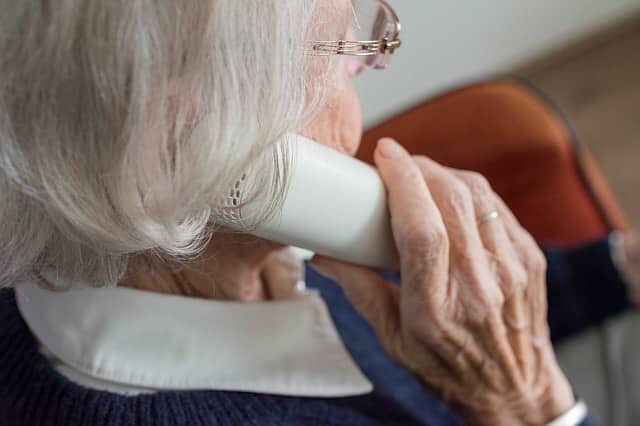Each year more than 2.3 million seniors are in involved in accidents in their homes. While many seniors prefer to live independently, most homes are poorly designed to meet their needs. Approximately 7,000 adults 65 and older die in such accidents annually. The number one safety risk for older adults is falling. Older adults need to take extra safety precautions due to physical changes that occur during the aging process. The changes could be declining vision, hearing, sense of touch and smell, and bone density loss. These factors increase the risk of injury inside the home.
The likelihood of accidents in the home can be decreased by both common sense measures and mindful proactive steps that can be taken before an accident takes place. What can you do to reduce the risk of injury for yourself or your loved one? Here are some home safety tips every senior and caregiver should know:
THE BEDROOM
– Use a nightlight to illuminate a pathway from the bedroom to the bathroom.
– Keep a lamp and telephone on the nightstand.
– Keep a working flashlight on the nightstand; check the batteries periodically.
– Make sure bedding is flame retardant.
– Clothing and stored items should be kept within easy reach.
THE BATHROOM
– The light switch should be located near the entrance.
– Repair any broken tiles.
– Replace glass shower doors with unbreakable plastic or shower curtains.
– Add safety rails in the shower or tub, as well as outside of it.
– Purchase non-skid mats for the bathroom floor.
– Set the water thermostat at 120 degrees Fahrenheit or lower to prevent scalding.
– Install a hand-held shower head nozzle.
– Add a safety rail near the toilet.
THE KITCHEN
– While cooking, have your elder avoid wearing loose sleeves, which can easily catch on fire.
– Keep a fire extinguisher easily accessible and make sure your elder knows how to use it.
– Small appliances should be unplugged when they are not in use. The cords should be moved away from hot surfaces and sinks.
– Have oven controls clearly marked.
– Make sure oven mitts and pot holders are easy to grab, but away from heat sources.
– Place dishes, silverware, and small appliances where they are easy to reach.
– Use unbreakable dishes.
THE ENTRANCE
– Place deadbolts on the front and back doors.
– Make sure the doorbell can be heard from all rooms of the house.
– Have your entryway, pathways and stairs well lit to prevent falls.
MEDICATION
– Purchase a weekly pill dispenser if multiple medications are taken daily. (Make sure child-resistant caps are used on all medications.)
– Store all medications safely (as instructed). Be sure to also have medications clearly labeled with doctor’s instructions, contents, expiration date, patient’s name, and doctor and pharmacist contact info.
GENERAL
– Have railings installed in your home. They are a huge source of support. It may be beneficial to have handrails installed on both sides of the stairwell.
– Pay attention to the floor. Look for changes in the floor height, defects in the carpet, wet spills, etc.
– Replace air filters often. Dirty filters will release dust and dirt particles into the air.
– Do not allow others to smoke in the house.
– Windows should open easily from the inside, with secure locks to prevent entrance from the outside.
– Keep rooms well lit. Turn on lights at night to prevent falls and other accidents. Have lamps that are easy to reach or night lights.
– Purchase a medical alert system in order to allow easy call for help in an emergency.
– Install or inspect your smoke and carbon monoxide alarms to assure proper functioning.
– Purchase a grabber to reach items more than an arms length away.
– Make sure extension cords are not overloaded.
– Replace any electrical cords showing signs of wear and tear.
– Have an emergency escape plan and pre-arrange for a family member or caregiver to help you escape, if needed. This should include a safe meeting place outside of the home.

